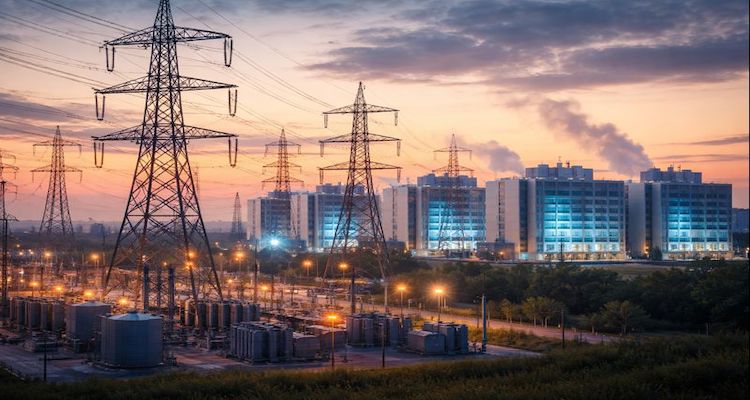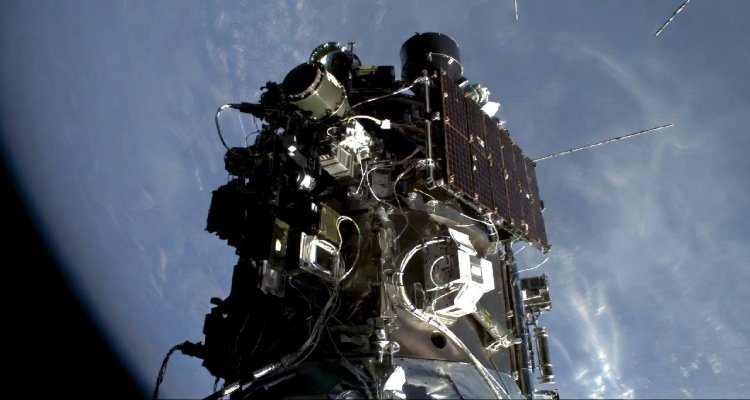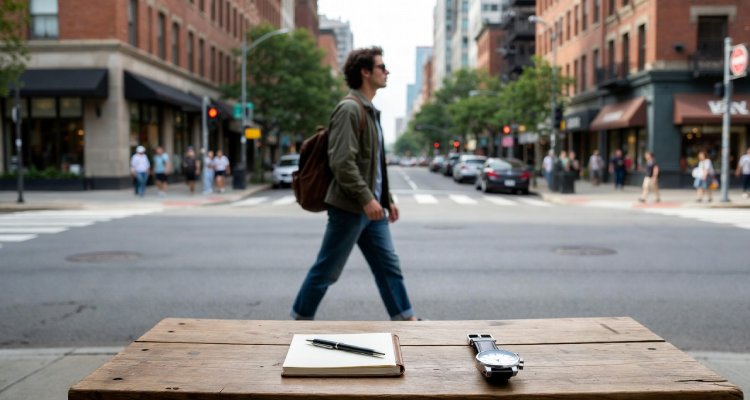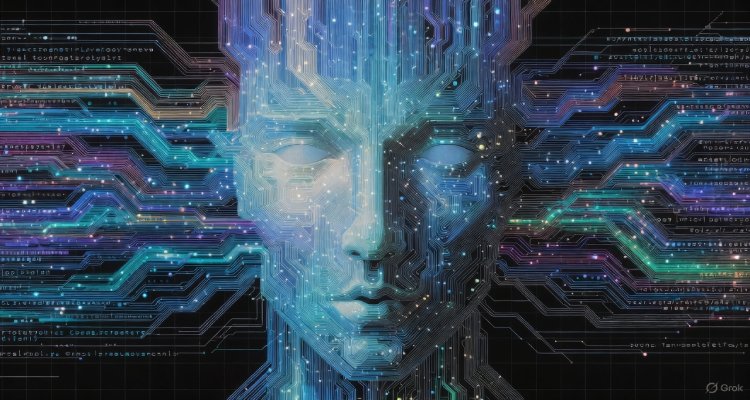150th Birth Anniversary of Sardar Vallabhbhai Patel: India Pays Tribute to the Iron Man Who United a Nation
Prime Minister Narendra Modi marked the 150th birth anniversary of Sardar Vallabhbhai Patel at the Statue of Unity, honoring his role in uniting India and shaping national integrity.
A Nation Salutes the Architect of Unity
On October 31, 2025, India celebrated the 150th birth anniversary of Sardar Vallabhbhai Patel, the revered statesman who bound a newly independent nation into one. Prime Minister Narendra Modi paid floral tributes at the monumental Statue of Unity in Kevadia, Gujarat — a towering reminder of Patel’s vision of a unified and sovereign India.
The occasion, observed as National Unity Day (Rashtriya Ekta Diwas), was marked across the country with unity runs, cultural events, and pledges reaffirming the enduring spirit of national solidarity.
The Life That Forged a Nation
Born on October 31, 1875, in Nadiad, Gujarat, Vallabhbhai Patel rose from humble origins to become one of India’s most formidable leaders. A trained barrister, Patel’s turning point came when Mahatma Gandhi chose him to lead the Kheda Satyagraha in 1918 — a campaign that tested his leadership and cemented his dedication to India’s rural masses.
A decade later, his triumph in the Bardoli Satyagraha of 1928 earned him the affectionate title “Sardar.” In this movement, Patel’s organizational prowess and ability to unite farmers against unjust taxation transformed him into a national hero.
The Iron Man and His Mission of Integration
When India achieved independence in 1947, Patel assumed office as the country’s first Deputy Prime Minister and Home Minister. The partition had left deep scars and complicated the political landscape with over 560 princely states deciding whether to join India, Pakistan, or remain independent.
Through sheer foresight, persuasive diplomacy, and unyielding courage, Patel led the integration process with unwavering resolve. He worked through the States Department, employing both negotiation and firmness to ensure the princely states acceded to India.
By August 15, 1947, and in the months that followed, Patel’s efforts shaped the territorial integrity of modern India, avoiding what could have been the balkanization of the subcontinent. His ability to balance statesmanship and strength earned him the title of “Iron Man of India.”
The Visionary Behind the ‘Steel Frame of India’
Beyond political unification, Patel envisioned the creation of an efficient and impartial bureaucracy — the All India Services — which he described as the “Steel Frame of India.” He saw these services as vital to preserving the country’s unity, ensuring smooth administration across diverse regions and languages.
Even in the difficult early years following independence, Patel’s decisive leadership maintained internal stability. He handled communal tensions, refugee crises, and integration challenges with firmness and empathy.
A Memorial of Monumental Proportion
In 2018, Prime Minister Narendra Modi inaugurated the Statue of Unity — the world’s tallest statue at 182 meters — as a tribute to Patel’s unparalleled contribution. Towering beside the Narmada River and the Vindhyachal-Satpura ranges, the statue stands as a symbol of India’s resilience and unity.
During this year’s ceremony, Modi reiterated Patel’s relevance in today’s era of global complexity. “Sardar Patel’s vision of unity continues to guide our nation-building efforts,” he remarked, addressing thousands gathered at the site. “Our diversity is our strength, and our unity is our greatest inheritance.”
Public Reflection and Scholarly Perspectives
Across India, citizens, historians, and policymakers paid homage to Patel’s enduring influence. Political analyst Dr. Ramesh Mahadevan noted, “Patel’s leadership was as pragmatic as it was principled. His integration policy remains a masterclass in nation-building under adversity.”
Public institutions, schools, and universities held commemorative events emphasizing his lessons on leadership and governance. Many recalled Patel’s pragmatism as a model for resolving modern challenges — from regional disputes to administrative reforms.
Social media platforms were flooded with tributes under hashtags like #RashtriyaEktaDiwas, #IronManOfIndia, and #StatueOfUnity, reflecting both reverence and renewed civic engagement.
The Ongoing Legacy of Unity
Sardar Vallabhbhai Patel’s passing on December 15, 1950, marked the end of an era, but his vision continues to shape India’s institutions and political ethos. His life exemplified how integrity, determination, and empathy can forge a nation’s destiny.
Today, as India stands proud as the world’s largest democracy, Patel’s message of unity in diversity resonates more strongly than ever. The 150th anniversary serves not merely as a remembrance but as a reaffirmation of the values — unity, courage, and service — that define the Indian republic.
Conclusion: The Eternal Relevance of the Iron Man
Sardar Vallabhbhai Patel’s role in India’s political unification was not simply administrative but spiritual — he stitched together the emotional and territorial fabric of a disjointed nation. His legacy stands as a pillar of integrity and strength, reminding every generation that true patriotism lies in unity of purpose.
This National Unity Day, as flowers adorn the Statue of Unity and millions join the Ekta pledge, India once again salutes the man who turned fragments into a federation — the Iron Man whose vision gave Bharat its unbreakable spine.
Disclaimer :This article is an original journalistic composition created for educational and informational purposes. It does not reproduce any copyrighted material or content from official government or media sources.











